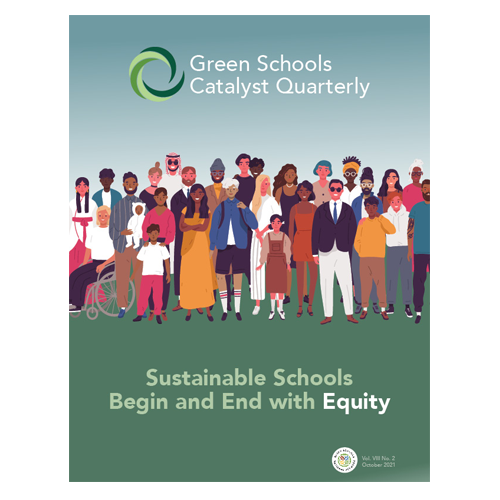Explore Our Resources
Explore how you can help build a sustainable education futureWebinars
Our partner schools and districts share best practices and perspectives on whole-system sustainability and related topics of interest.

Green Schools Catalyst Quarterly
Education For Sustainability Resource Directory
Seminars and Events
Join us for a wide range of events, activities, and seminars that will deepen your practice and knowledge of healthy, sustainable, and equitable schools.

Continuing Education
Leading for Green Schools is an online course for preK-12 education leaders who are interested in learning more about whole school sustainability and how they can implement this “living systems” approach in their schools and school districts. Co-developed by Green Schools National Network and Auburn University, this ten-module course explores how to integrate sustainability into all facets of a school’s design, operations, curriculum, and culture.

Stay up to date with Green Schools National Network
Latest news, updates, and GreenNotes
